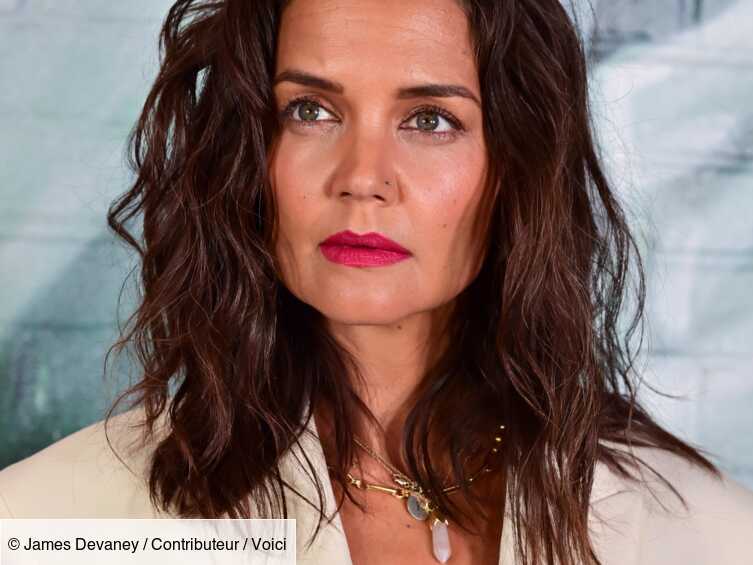The beginning of the 2022 academic year marked by a decline in the number of students and an increase in students in a precarious situation. To talk about it, we are with the president of the University of Burgundy Vincent Thomas.
For this year, we have exactly 20,093 students at the University of Burgundy. That’s about 1,000 fewer than last year. How can this decline be explained?
These are therefore provisional figures that will change given that registrations have been uninterrupted for almost a month and a half and therefore the time to administratively absorb the flow of incoming students, there is a small delay. Then there is a date-by-date comparison. We will see how it will evolve later. What interests us in these figures is that we have 380 fewer students in the first year. This is explained by a decline in the number of baccalauréat holders and then also by a decline in millennials, those students born in the 2000s. And we know that there has been a boom, a kind of baby boom, and they are settling down.
Purely demographic reasons, then, isn’t it a question of the attractiveness of the university, for example?
I don’t think so, our courses are still just as attractive, so with differences depending on the course. Because we are also at the heart of the changes in the industry. For example, DUTs that were in two years turn into MA in Bachelor of Technology degree. And so the students’ strategy is adapting to the evolution of our educational offer.
The offers, in fact, change every year. Is there any news, for example a dental sector, was it important, essential in the region?
It was absolutely essential. There has been a very, very good dialogue with the state, with the region, with our colleagues from the Franche-Comté University to try to provide this training that did not exist in our great region which is as big as Switzerland. And something had to be done there because we know that the territorial network in health matters is difficult and that it is necessary to encourage these local vocations, that is, to train future dentists who will have a vocation to establish.
Another novelty is a master’s degree in climate change, territorial adaptation. What attracts people right now?
It attracts people. And above all, I believe that like all institutions, like all the individuals that we are, the climate issue, we must take possession of it. This summer we have seen the ravages of climate change. It’s probably not over. At least, that’s what scientists say. We train young people on these questions. There is not only this. There is also the fresco of the climate. We are forming first-year cohorts to raise awareness of the climate problem. And little by little, the climate issue is integrating all of our training. It will take time because 35,000 students, 13,000 diplomas issued every day, every year, there is inertia. But it is still our desire to participate, to do our part.
After the crisis, there is a lot of talk about the precariousness of students. What do you say to these young people who perhaps in a few months will realize that it is difficult to make ends meet?
Well, we tell them: “we are here, we are present”. The Crous is present, of course, and the Crous is a very important player in the fight against student insecurity. But we also have our system that associates the Crous which is called the student solidarity commission. We also rely on student solidarity associations and this is how we manage to deliver 450 essential food packages every week to students who need them. On our campuses, where 300 students benefit from the solidarity grocery store, we have a fleet of 350 laptops available to students who are in a digital divide. We have more than 150 4G keys even for those who do not have an internet connection, we have accommodation solutions with the roofs of the Côte-d’Or. We have also set up support, including from bankers, for account management and financial problems. In short.
And where do you happen to report when you are in trouble?
We have a website. We have flyers which are distributed to all students and which include very simple pages with QR codes that allow each student to access charity services or teaching services or any other type of service so that you can see our outstretched hand. The question, it is true, is that we have a lot to offer. Now we need who needs to know.
–


